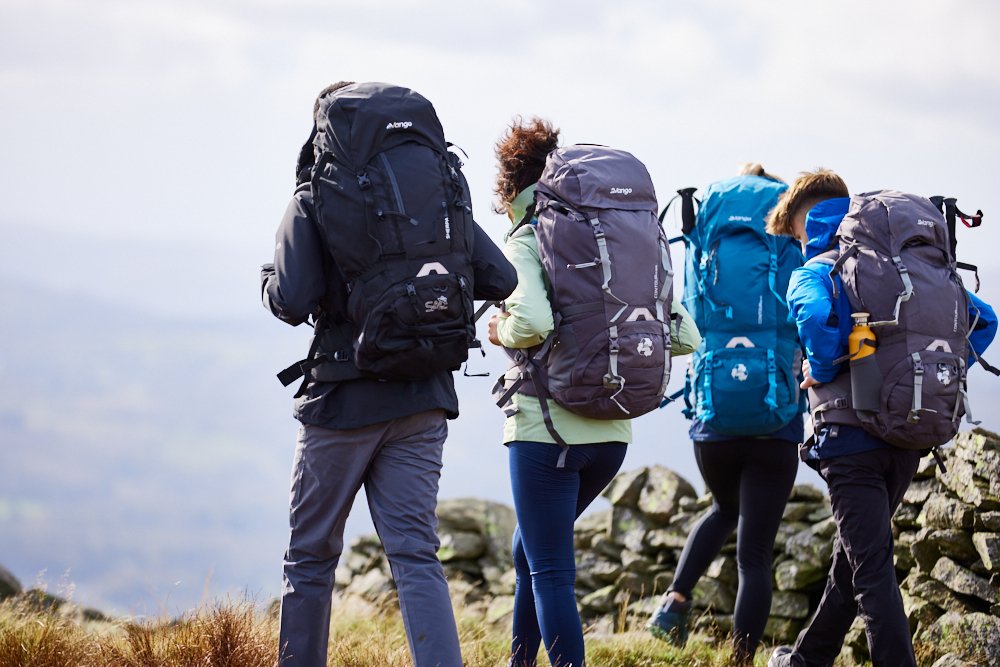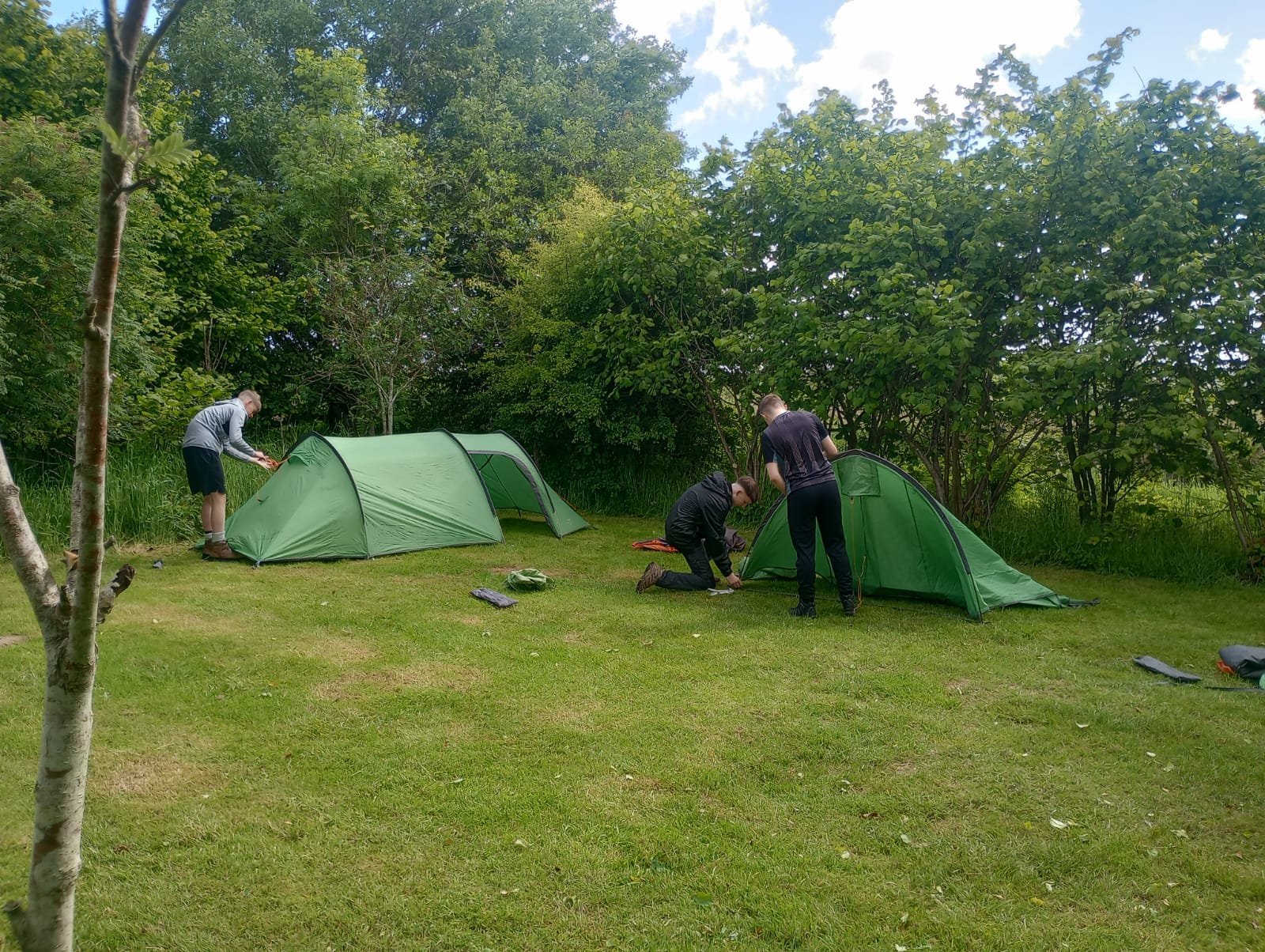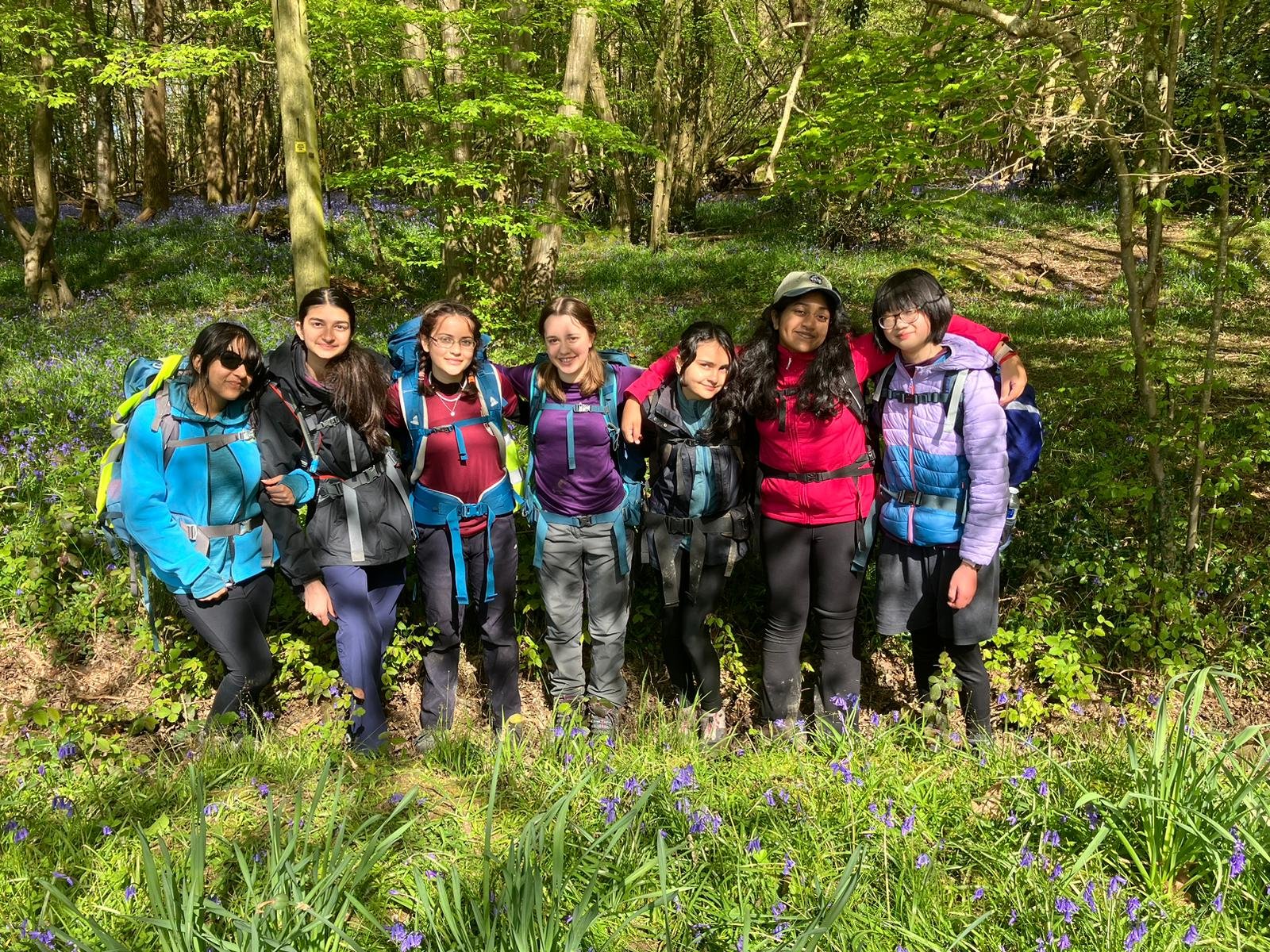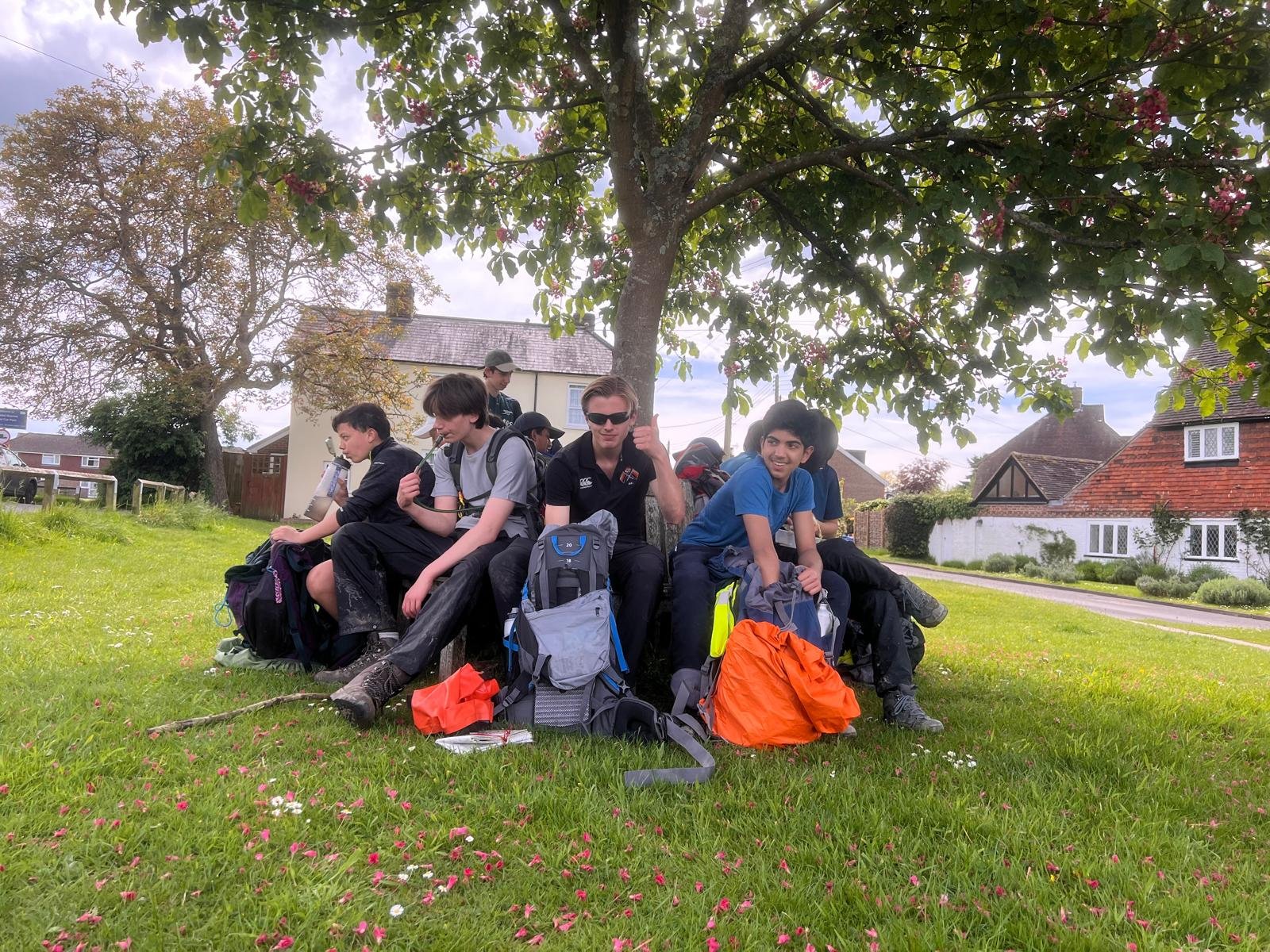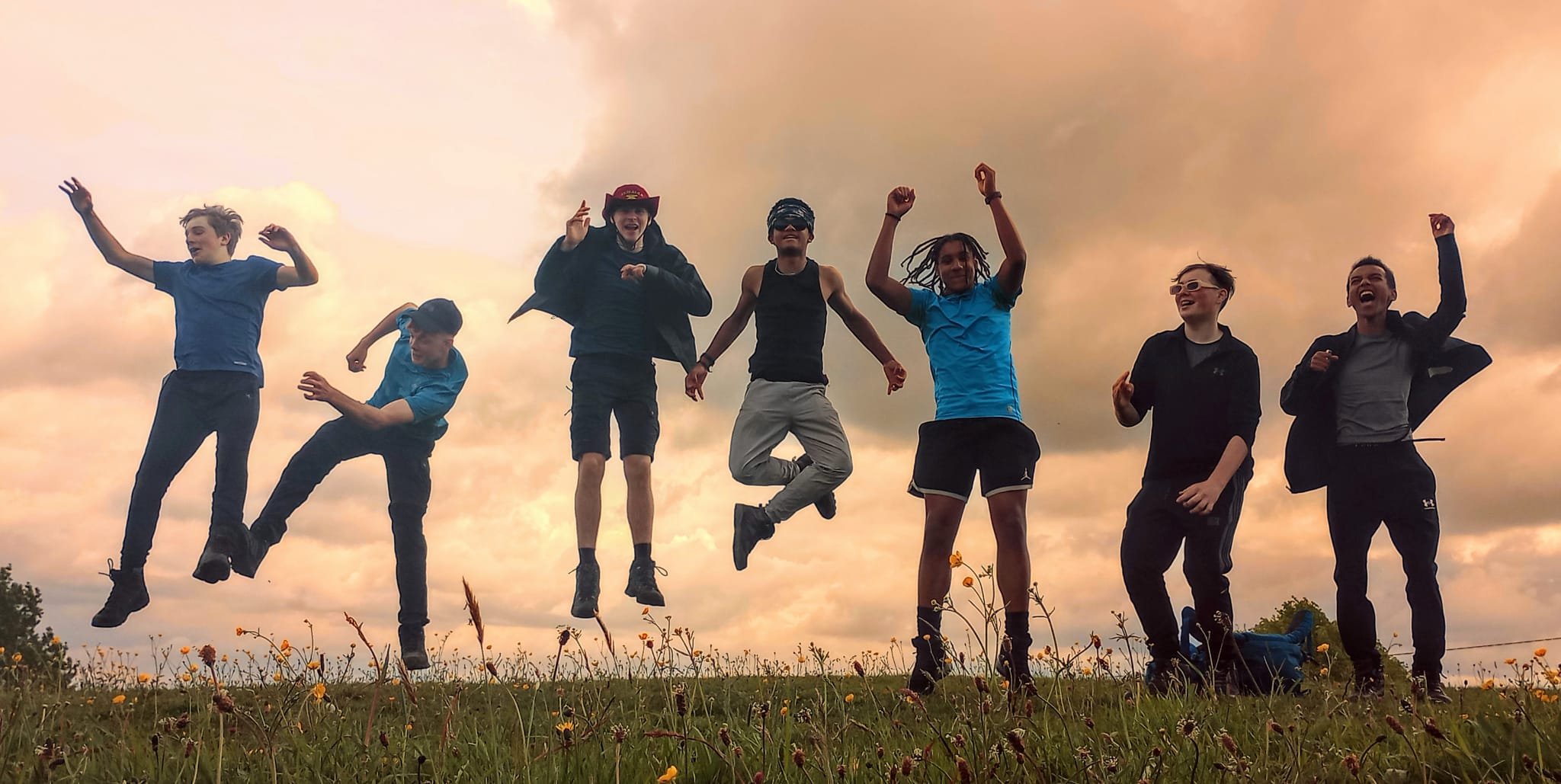
Expedition Resources for Participants
Please look at these before coming on your expedition with us.
The aim of this page is to help prepare you before attending a Sam Sykes expedition. You will receive full training on your training and practice expedition, however having looked at this information first will help you bring the right food, kit and equipment and give you a head start on the training.

